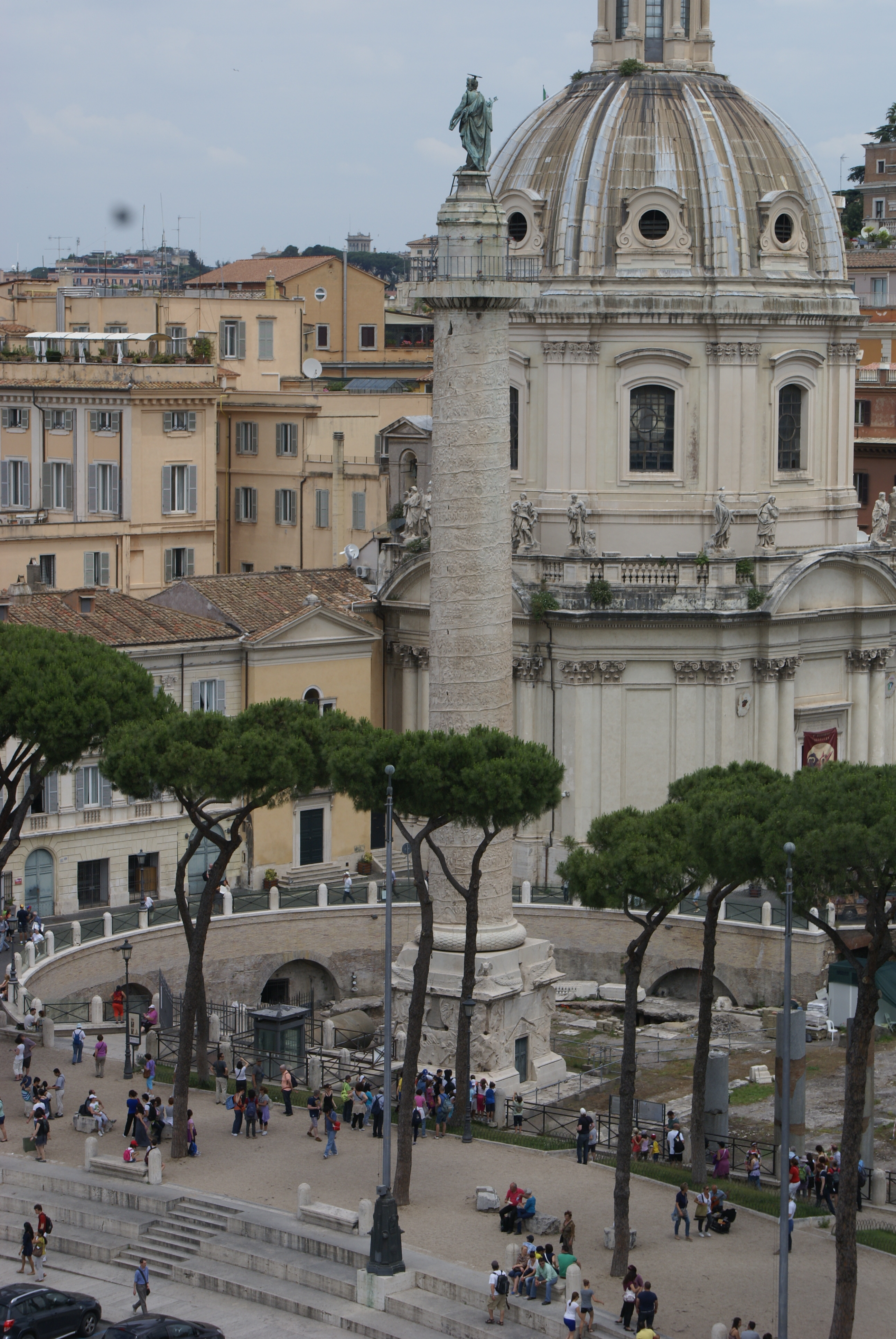Project Description
 |
 |
The project Dacians in the Roman Empire: Provincial Constructions (DAREPCO) focuses on groups of population acting both in a precise province and all over the Roman Empire, from the beginning of the second century till the middle of the third century AD. Inside this project, both the native population in the province of Dacia and the large groups of Dacians present in other provinces of the Roman Empire will be considered, at a scale that was never envisaged before. DAREPCO aims to revisit, with a concrete case study, a major category in the historiographical debate, that is the study of "native" populations and the impact of the Roman conquest, not only under the simplistic angle of the Roman "influence", but also in terms of local responses, provincial and identitary constructions, and regional diversity. It inscribes further in the context of the recent attention paid to regional and provincial diversities, to generally neglected interactions between soldiers and civilians, to the reexamination of notions like "epigraphic habit" and also epigraphic visibility. These are keys for a better understanding of ancient societies, having as starting point the discussion about the quantity and especially the quality of preserved evidence, the modalities of its conservation, the privileged sources and interpretative methods of modern historians (needless to say, much determined by their assumptions and intellectual heritages), the overall implications of reconstructing ancient history on the contemporary society, such as, in this precise case, the emergence of historical nationalism in Romanian historiography and consciousness, with its manifold issues. Further, the project intends interpreting ancient evidence in terms of social and cultural history rather than chronological, political and military, especially if we take into account the distinct traditions determined by the use of evidence: archaeological studies, epigraphy, military studies (with little or no interest in the social history of the soldiers, and ignoring often their families or other civilians present on military sites), history of religions, art history; each domain seems evolving independently, and, in most of cases, ignores the progresses or the cautions accumulated in other fields of research. This is now possible, but only by making watchful use of various types of evidence such as archaeology, iconography, epigraphy, and also of fragmentary but precious literary sources, but also appealing to more specialized fields such as the study of onomastics, the religious practices, the reconsideration of juridical status. Artificial descriptions have to be replaced in the context of the creation of provincial identities, but also on smaller levels, like the development of group identities, and especially of military identities. Finally, more than the precise scientific achievements that will be briefly described below, DAREPCO will try to contribute in surpassing older historiographical blockages, to strengthen previous collaborations, mainly individual, and to convert them into institutional ones, to reduce the bibliographic and especially methodological and theoretical gap still existing in eastern Europe.
Objectives
The general objective of the project is to gather all the relevant information about the Dacian communities in the province of Dacia and elsewhere in the Roman Empire, starting from the new data acquired during the last decades, mainly epigraphic. Older corpora are already outdated, and their principles of selection are often deficient. This corpus of different sources will be questioned through improved methods, and without any ideological prejudice, in order to question the role played by the Dacian groups in the frame of the multiethnic and multicultural Roman Empire and into the province set up in their former homeland.
The specific objectives. DAREPCO project will provide an exhaustive and critical revision of the evidence: literary, epigraphic, archaeological, iconographic. But the exhaustive treatment of a dossier that considerably grew in the last two decades will always be considered within the larger frame of the Empire, as recorded specificities are more often inherited clichés, and as fresh insights are not unparalleled. Instead, critical review of the sources allows to rebuilt a new historical picture on the profound changes born after the redactio in formam provinciae (AD 106), specifically in terms of visibility, acculturation, mobility (both geographic and social) and identities creations. It is therefore crucial to surpass these older views, inherited in the present discourses, and the younger generation of historians is best placed to realize this aspiration.
